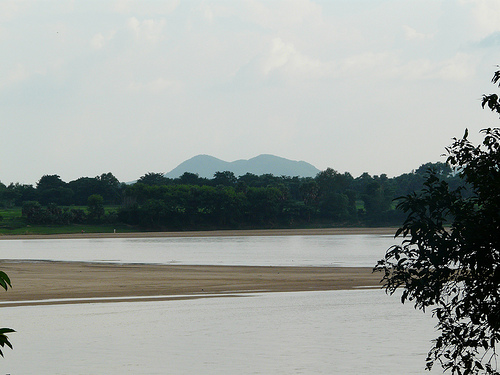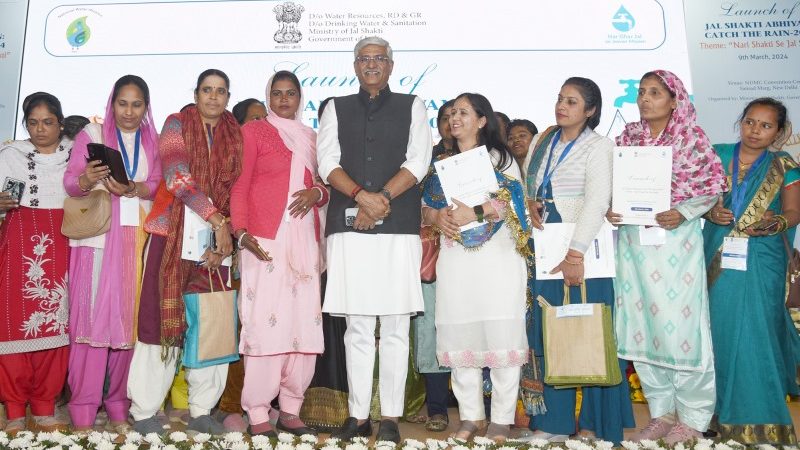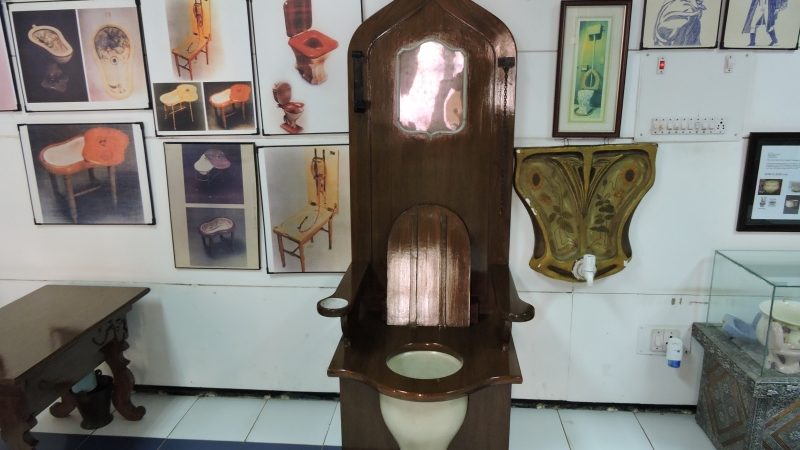Public Lecture on Dancing With the River at NMML

The Nehru Memorial Museum and Library (NMML) invites all interested to a Public Lecture in its ‘Science, Society and Nature’ series on the topic: ‘Dancing with the River: Hybrid landscapes and livelihoods of Chars in Bengal’ by Dr. Kuntala Lahiri Dutt from Australian National University, Australia.
Lecture Abstract: In their efforts to redefine the physical-human split in geography, a number of geographers have in recent years contested the nature-culture binary in understanding the environment. The ‘hybrid landscapes’ they imagine are where nature is neither entirely autonomous of human endeavour nor entirely a ‘social nature’ in which human agency constructs all environments. Following this line of argument, the Lecture will present the chars, small pieces of low-lying, sandy, alluvial sand that are formed on the beds in the Gangetic Plains, as hybrid environments. Not only do chars illustrate the dense human lives that co-produce the rivers, they also introduce the need to think beyond the conventional land-water dichotomy in conceptualizing environments.
Neither fully land nor entirely water, chars are metaphors of complex and fluid environments, choruas or char people are in between what is generally seen as legitimate citizenship and illegitimate existence, and the livelihoods of choruas redefine our understandings of security and insecurity, and invite us to rethink the conventional ideas of vulnerability and adaptation. This Lecture will outline the empirical research carried out by the speaker jointly with Dr. Gopa Samanta, in the lower part of the Damodar River in lower Bengal. This research has recently (2013) been published as a co-authored book, ‘Dancing with the River: People and Lives on Chars in South Asia’ (New Haven: Yale University Press).
In chars, where the borders shift continually, land-water-people are enmeshed in a complex manner. Unable to understand the disorderly rivers of Bengal, the colonial land-revenue collection system invented a category, ‘wastelands’, turning chars into invisible ‘non-lands’. Even today, most newly emerging chars, being on the borderlines of land and water, have no legal existence. In these microcosms of volatile environments, transient men and women make transitory homes, build their lives, and cope with risks and uncertainties with knowledges that emanate from everyday experiences. Living on the chars requires being able to cope with the river’s ever-changing moods, described as ‘dancing with the river’. To dance with the river means to be able to continually make adjustments to the rise and fall of the river as it goes through its annual rhythm. This coping is strategic, contingent and temporary, and hence we are reluctant to conflate it with the ecological term, ‘adaptation’.
Date: 25 July, 2013 (Thursday)
Time: 5.00 pm
Venue: Seminar Room, First Floor, Library Building, NMML, New Delhi
About the Speaker: Dr. Kuntala Lahiri-Dutt was trained in human geography from Lady Brabourne College and Calcutta University, and is currently a Senior Fellow at the Resource Management in Asia Pacific Program at the Crawford School of Public Policy, College of Asia and the Pacific in The Australian National University (ANU). Dr. Kuntala has taught in The University of Burdwan from 1982-2002, and was a NASA post-doctoral Fellow to USA in 1987. In Burdwan, she received the prestigious Career Research Award from the University Grants Commission (1999-2002). At ANU, Dr. Kuntala convenes the gender specialization in Masters of Applied Anthropology and Participatory Development program, and teaches courses on gender, fieldwork methods and resource-environment-
In ‘Dancing with the River’ Dr. Kuntala researches the human-environment interface on the ‘ungovernable’ chars (diaras or river islands) in Bengal delta and explores how one might think beyond conventional dichotomies of land and water. Her current area of research interest is the growing conflicts around environment-natural resource use and resource reliance by local communities, primarily in South Asia but also in Southeast Asia and Mongolia.
Image by P.S. Sahana via Flickr



